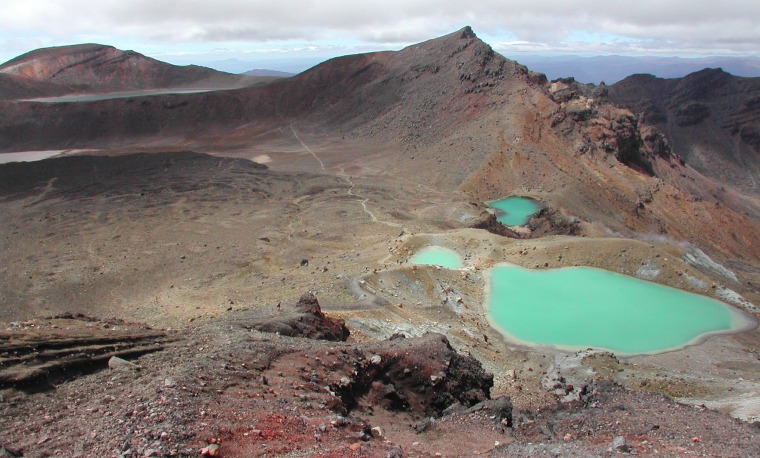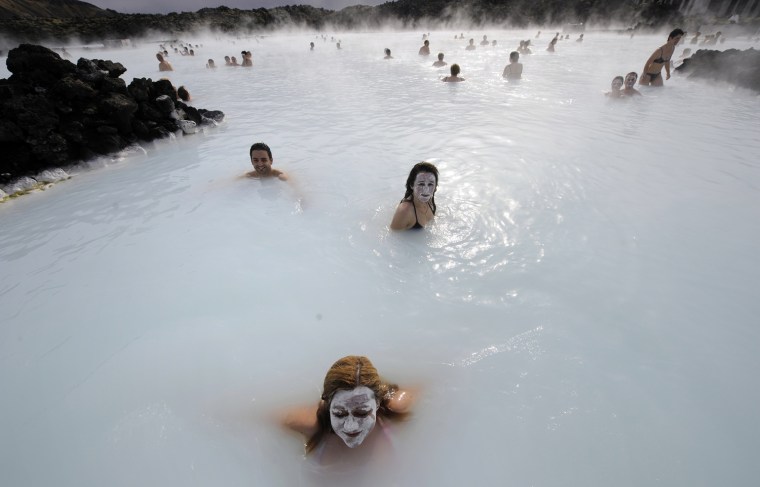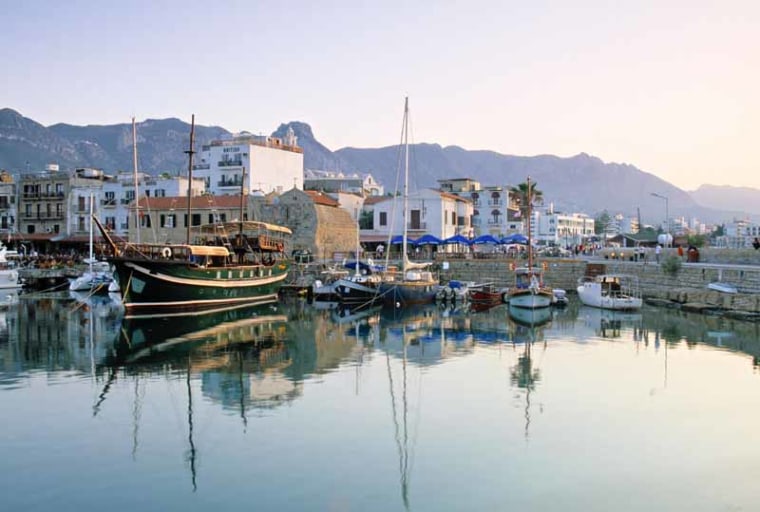Given some Caribbean islands' reputation for violent crime and the high-profile Natalee Holloway case in Aruba, it may seem counterintuitive to include the Dutch ABC islands (Aruba, Bonaire and Curacao) on a list of the world’s safest places to travel.
But the stats don’t lie: Crime rates on the three islands are low, political unrest is virtually unknown, they’re too far south for hurricanes, and in 2008 the trio ranked lowest in the Caribbean in felonious incidents against visiting yachts. In fact, Aruba was the only place in the region to achieve a perfect score on the yacht crime survey.
To find the world’s ultra-safe places to travel we analyzed piles of data, from U.S. State Department warnings on crime against U.S. citizens abroad and the latest United Nations survey on global crime trends to the Mercer rankings of the world’s safest cities. We also looked at other fear factors: natural disasters, social or political unrest, warfare and terrorism. However, the criteria are too varied to make a definitive ranking credible and to rank the 10 safest countries. Some of our choices were obvious: bucolic New Zealand, neutral Switzerland and squeaky-clean Singapore. As for omissions, the Scandinavian countries and some very small island nations would make a longer list of 20 or 25.
Some of our findings are surprising. Maybe it’s movies like "Gangs of New York" and guilt by association with the ongoing troubles across the border in Ulster, but the Irish have always had a rather gruff reputation. But you shouldn’t judge a book by its cover. A recent World Health Organization study named the Emerald Isle the least violent country in Europe. And according to the latest Mercer rankings of the world’s safest urban areas, Dublin is less dangerous than major cities in Japan, Australia or Canada.
The image of the rough, tough Irishman “is a media myth—the Hollywood version,” says retired Irish entrepreneur and diplomat Michael Mullally, who for many years had address his country’s persona abroad. “It’s about a realistic an image of the Irishman as the Marlboro Man is of Americans.”
Cyprus is another place that bucked its traditional image. The 1950s struggle for independence against the British and the Turkish invasion of 1974 and its contentious aftermath color perceptions of the eastern Mediterranean isle. But with the Orthodox church and the traditional Greek family as the twin pillars of society—and a booming economy since entering the European Union in 2004—the island has evolved into a haven of serenity. Recent moves toward rapprochement between independent Cyprus and Turkish-controlled North Cyprus have also contributed to the overall sense of calm.

Tasoula Manaridis of the Cyprus Tourism Organization feels that several factors contribute to the island being such a safe destination. “Cyprus is a country with very high per capita income, one of the highest in Europe. The poverty is at a very, very low level.” But she also points out that, “We never had a terrorist attack either. When they have troubles in the Middle East, they evacuate people out to Cyprus because it's the safest destination nearby.”
Our search for the safest places revealed several common denominators.

Almost all of them are relatively small in terms of both size and population (New Zealand was the largest in both categories). They are all fairly affluent, if not on a global basis then certainly when compared to other countries in their region. And for the most part they are free and open societies, with democratically elected governments and freedom of the press. Religious and family values also figure into the mix.
Many of them have homogenous populations, although the melting pots of Singapore, Switzerland and the Dutch southern Caribbean islands show that isn’t always the case.
According to Jacob Gelt Dekker, mastermind behind the award-winning Kura Hulanda restoration project and museum in Curacao, the keys to their own their tranquility are employment and education. “Unemployment on Curacao is about 3 percent of the adult work force ... These numbers compare very favorably to the rest of the Caribbean, where unemployment of the adult work force is on average 15-25 percent.”
Local unemployment is low because the education is ingrained in the local culture and heavily backed by the government. “Education laws make schooling obligatory up to the age of 18 years, and soon to be extended to 21,” Dekker explains. “We expect crime to be even less in the near future, as the schooling laws come in to play.”
Most dangerous places
For a rough comparison, we’ll note the United Nations Office rankings on Drugs & Crime, listing a few of the countries ranked solely on the basis of crime and drugs.
Obviously a country currently involved on a war (Iraq, Afghanistan) is going to be the most dangerous. Many large countries do not fare as well. For instance, Colombia, South Africa and Jamaica almost always rank among the world’s most dangerous. Reading from most dangerous to least, the U.S. is the least safe of the big Western nations. The U.N. study ranks the U.S. at No. 24 in per capita murder, well head of France (No. 40), Britain (No. 46), Germany (No. 49) and Japan (No. 60).
